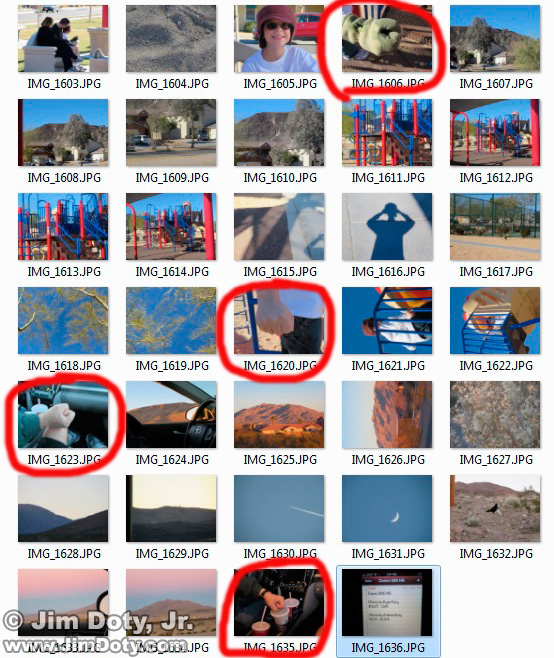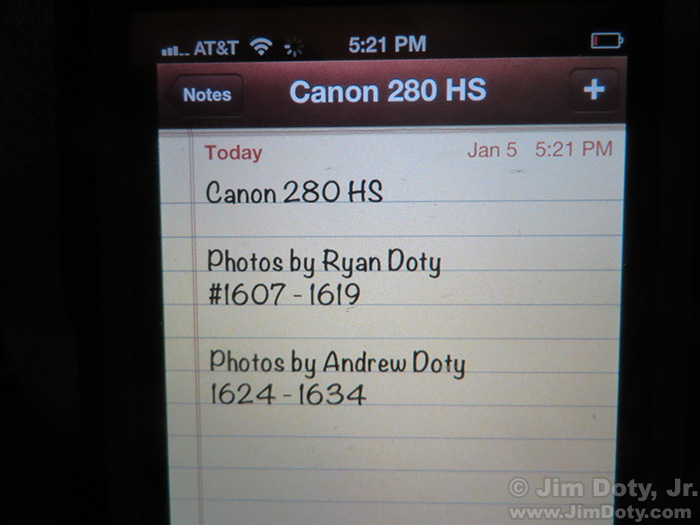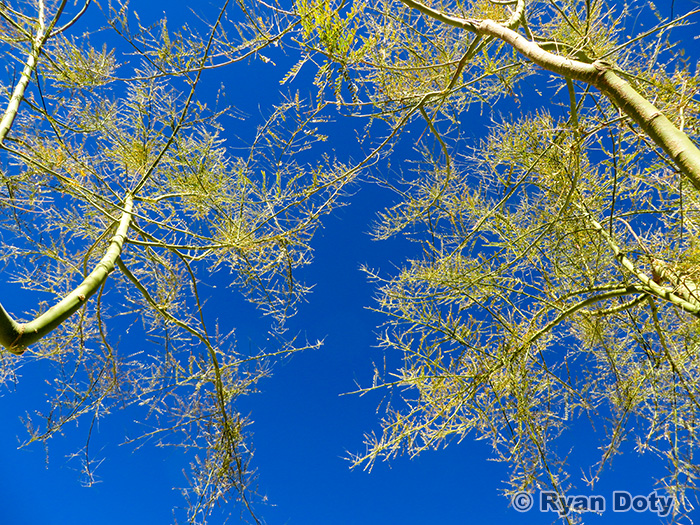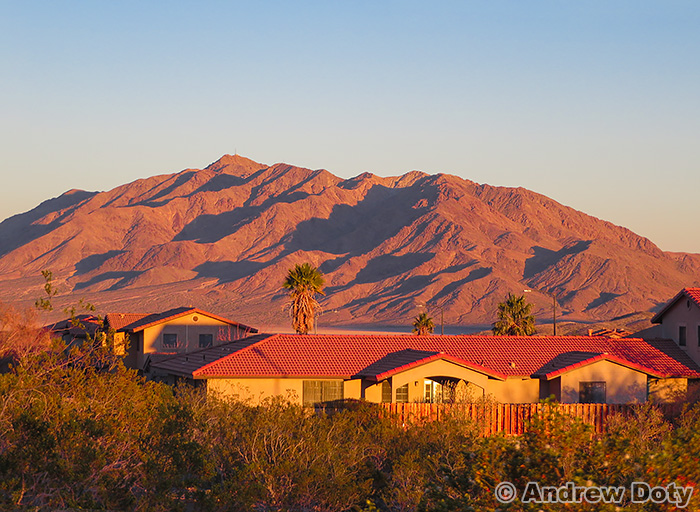There are a lot of reasons photographers create “visual reminder photos”. It’s not unusual for me to hand my camera to someone else to take pictures. When I do, I usually leave myself a visual reminder by taking a picture of my hand before and after the other person’s photos. Visual reminder photos can also be used to mark panos and other photos you need to find quickly and easily. One sports photographer I met used them to mark touchdowns and other critical plays. With a photo of the receiver high in the air catching the football (and no field markings due to the angle of the photo), it may not be obvious later (amidst hundreds of other photos) that this particular catch was a touchdown, or set up a game winning play. Some news photographers use visual reminders to quickly find special photos or favorites they want to locate later. During fast moving events it takes too long to write a “fav 2457” note on a 3×5 card. It is so much faster to create a visual reminder photo right after photo #2457.
The digital contact sheet (above) is from part of a visit with family in California. I took each of our grandsons on a short photo shoot. As visual reminders, I took a photo of Ryan’s hand before and after his photos (1606 and 1620) and photos of my hand before and after Andrew’s photos (1623 and 1635).
Just to be sure I wouldn’t forget who took which photos, after we were done I made a note to myself on my iPhone and photographed it with my camera so it would be with Ryan and Andrew’s photos. You can see the note immediately above and it is the last photo in the digital contact sheet.
Photographing my closed hand started several years ago when I was photographing a model in front of a beautiful sunset. After photographing the model I took some sunset photos. The model said “I wish I had thought to bring a camera”, so I handed her mine and said “Take all the pictures you want and I will send them to you later.” But before I handed the camera to her I shaped my left hand into a letter representing her name and took a picture of it. When she was done taking pictures I photographed my hand again, and then I took some more photos of the sunset. Thanks to the “hand photo” reminders, it was easy to pick out her photos from mine and send them to her.
I soon figured out that a “d” or a “c” or a “v” are easy to do with my hand, but short of learning sign language, it was too complicated to turn my hand into all of the letters of the alphabet, so now I just close my hand and take a picture before I hand my camera to someone else. Why closed? Because I was already using my open hand as a different kind of reminder.
My first “open hand photo” reminders were to mark the beginning and end of panorama photos. If I took a number of different photos of the same landscape, and then decided to do a series of carefully aligned photos to stitch together later into a panoramic photo, I would photograph my open hand, palm up, take the series of images, and then photograph my open hand again. This was really important when I was doing commercial panoramas of apartment interiors where everything starts to look alike. It was much easier to pick the “panos” from the “singles” if they were marked off with photos of my hand.
When I get home from a trip with thousands of photos, my hand photo reminders make it so much easier to find photos I am looking for, whether they are panos, photos taken by other people, or something else.
Photographers create visual reminder photos for all kinds of reasons and in all kinds of ways. And some have a system where a photo of their hand means one thing and a photo of their foot means another. They photograph a hand, a foot, a camera bag, the sky, the “G” on the goal line (touchdown), goal posts (successful field goal attempt), home base, or the scoreboard at a game, to leave a visual reminder. The key is to have a system that makes sense to you, to photograph something (or several things) you always have with you (or are available at an event), and that works quickly. Making notes on a 3×5 card is fine for landscape photography, but it is a recipe for missing a game critical play in sports photography. You can always go through your photos right after the game or event, look for your visual reminder photos, and make notes then.
Of the photos my grandson Ryan took, this is one of my favorites. He pointed the camera straight up, chose a wide angle lens focal length of 4.5 mm (equivalent to 25 mm with a 35mm camera), and captured the blue sky branching out like a river between the tree limbs.
Of the photos my grandson Andrew took, this is one of my favorites. He chose a short telephoto lens focal of 20.6 mm (equivalent to 114 mm with a 35mm camera) which was just long enough to frame most of Tiefort Mountain and capture the light and shadows playing on the mountain.
And you have already figured out this article was also an excuse to share a couple of photos taken by my 8 and 10 year old grandsons. 🙂
Photo Data:
Trees. Canon PowerShot SX280 HS. 4.5-90.0 mm lens at 4.5 mm. 1/400 sec;, f/4.0, ISO 80.
Mountain. Canon PowerShot SX280 HS. 4.5-90.0 mm lens at 20.6 mm. 1/160 sec, f/5.0, ISO 80.




